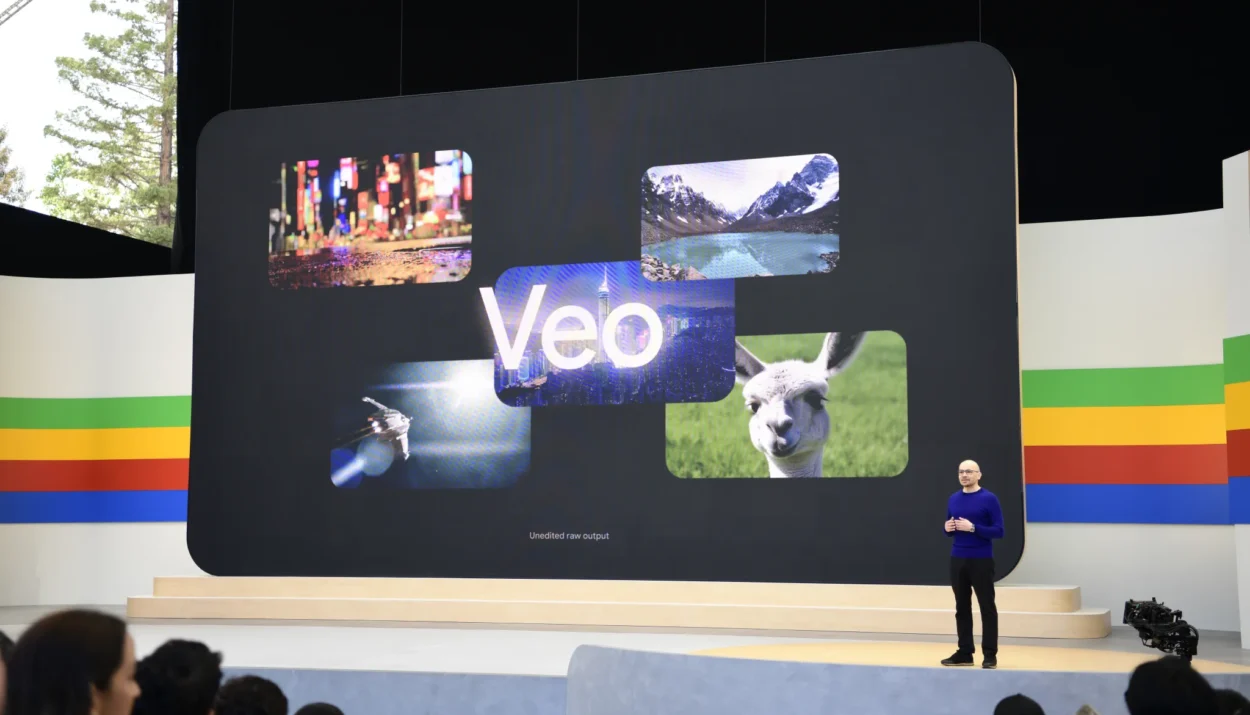Google DeepMind has launched Veo 2, its advanced AI video-generation model, setting its sights on outpacing OpenAI’s Sora. Veo 2 boasts the ability to generate videos up to 4K resolution and over two minutes long — significantly outperforming Sora’s current capabilities. However, Google’s tool remains restricted for now, capping videos at 720p and 8 seconds.

- Key Features: Veo 2 generates videos from text prompts or text-image combinations, offering enhanced realism in camera controls, motion modeling, and light effects like reflections and shadows.
- Limitations: Despite improvements, issues persist, including character inconsistencies and unrealistic details, such as unnatural movements or uncanny facial features.
- Access: Veo 2 is available via Google’s VideoFX tool on a limited waitlist and will expand to Vertex AI for developers as it scales.
- Training and Controversy: Trained on video-description pairings, likely including YouTube content, Veo 2 raises concerns about copyright and data ownership. DeepMind relies on watermarking tech (SynthID) to mitigate deepfake risks but offers no opt-out for existing data.
- Safety and Future: Google emphasizes collaboration with creators, refining models to meet creative needs while addressing ethical concerns, particularly in light of AI’s disruption in creative industries.
DeepMind’s Veo 2 highlights Google’s competitive edge in AI video tools, showcasing advancements in motion realism and style diversity. However, its limitations and training transparency challenges keep it far from dominating the AI video market — for now.










